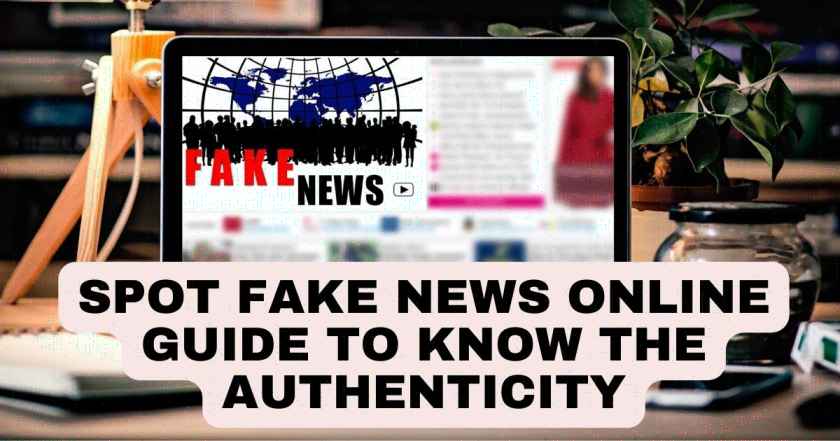Many people believe that it’s the age of information. But it’s not. Instead, it’s the age of disinformation. We are bombarded with fake news. From small accounts on social media platforms to big news agencies, everyone has their agendas, and they cover the same events differently.
If you compare big news channels’ news stories, you will see a massive difference in their editorial policies and how they present news. It is becoming more challenging to tell which news story or angle is right or wrong. The new or traditional media needs to be clearer to people instead of enlightening them.
Moreover, they are guiding people on what and how to think. In short, they are controlling people’s minds.
Now, the question is, how can people combat propaganda warfare? Or how can they spot fake news? Thankfully, it’s not difficult anymore.
This article will discuss different ways to analyze whether a news story is real or fake.
How to Spot Fake News Online?
The following are the top ways to differentiate between fake and real news:
- Differentiate Between News Stories and Op-ed
There is a gray line between news stories and opinion-based articles, and many propagandists have blurred the line to confuse people and spread their agendas. In the name of sharing information, they give their personal opinions in their news articles and stories. Yes, sometimes, they share accurate information. After that, they show intellectual dishonesty and share their opinion as if it’s a fact. You must know this malpractice and the differences between news stories and opinions, as it can be your most significant defense against propagandists.
- Leverage Image Search Technology
Although image search technology has not been developed to spot fake news, it is very useful to debunk misinformation. But the question is, how can someone use these tools to determine if a piece of information is accurate? Some relevant photos accompany most news articles we read online. You can save those photos and search for more information relevant to those photos using an online image finder.
Online photo finders or image search engines can help you know where the same pictures are uploaded. You can open those websites, check the date, and read the stories and captions to know if the story you have just read is factual.
- Check the Original Source
You should always search for the source when reading a news story. Many ordinary news outlets don’t have any reporters on the ground. So, they collect information from other news agencies and share it on their channels and websites. They indicate the sources of information. You should immediately look for the source when you read news stories from those websites.
If the source is credible, you can trust the news story. If the source is somehow biased or unreliable, you must not believe in the story and see it with a sceptical eye.
- Use Fact Checkers
Luckily, we live in an era where many online tools have been made to help ordinary people authenticate a news story. For instance, we have fact-checking tools that can help you quickly determine whether a piece of information is correct. These fact-checkers analyze your query and show the relevant piece of information. The best thing is that they don’t show only one or two articles. Instead, they show multiple articles that can help you know whether the story you have just read or heard is real. So, whenever you encounter an unbelievable story, you can use a fact-checker to know its authenticity.
- Search for the Story on Different News Outlets
Here is one of the most valuable tricks you can rely on when authenticating a news story. If you read a story on an outlet and think there is something fishy in that particular story, you should open other news sources and search for the same story on them. The more news outlets you visit, the clearer picture you will have about the incident.
However, if you keep relying on one news outlet, you may fall into their trap and not differentiate between real and fake news. So, you should visit multiple news outlets to understand a story better.
Conclusion
We are not dependent on a few news agencies controlled by a few business tycoons. Instead, we have access to more diversified sources to collect accurate information. We can now analyze whether a particular news channel or agency is compromised or propagating a specific agenda.
Apart from that, we also have technology on our side. Verify a new story or associated details with the help of fact-checkers and reverse image search engines.
They can help us know everything about a particular story. We must use them to combat misinformation.







![A Beginner’s Guide to Become a Public Figure on TikTok [2024]](https://www.theglobalstatistics.com/wp-content/uploads/2023/05/Guide-to-Become-a-Public-Figure-on-TikTok-300x158.jpg)
